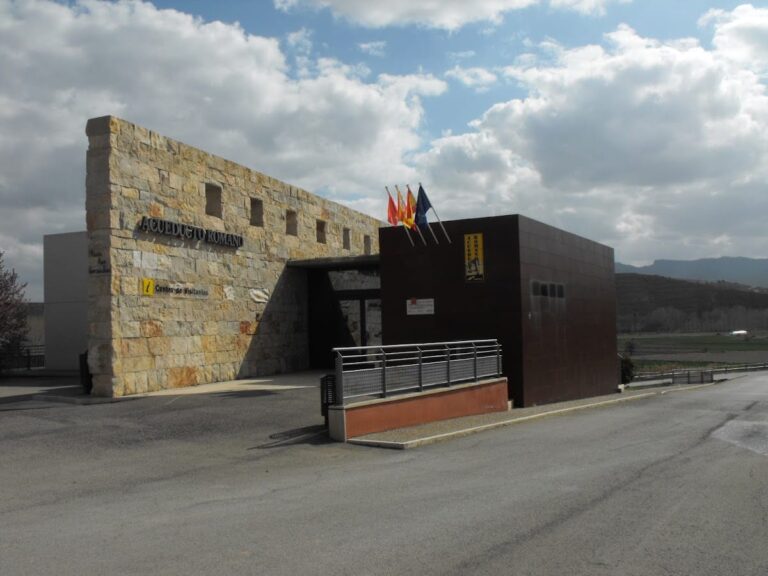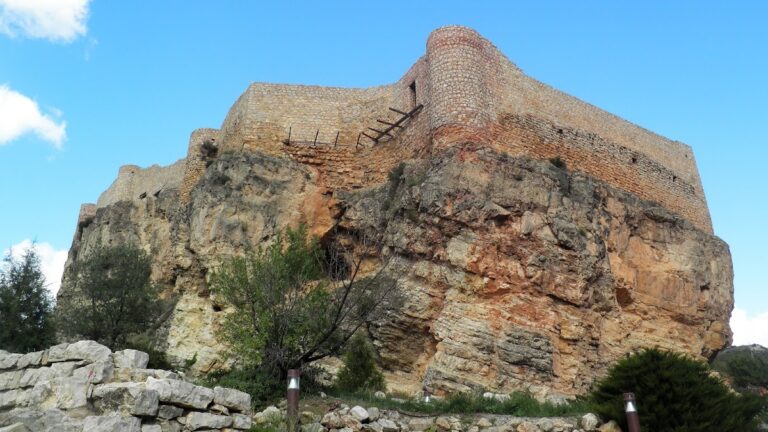Castillo de El Cuervo: A Medieval Fortress in El Cuervo, Spain
Visitor Information
Google Rating: 4.2
Popularity: Very Low
Google Maps: View on Google Maps
Country: Spain
Civilization: Unclassified
Remains: Military
History
Castillo de El Cuervo is located in the municipality of El Cuervo in Spain and was originally constructed during the Muslim period. This fortress formed part of a larger defensive network that linked strategic points across the region, including Albarracín in what is now Teruel and Alpuente in present-day Valencia. The castle, along with other fortifications such as those at Jabaloyas, Tormón, Castielfabib, Ademuz, and Santa Cruz de Moya, contributed to the military control of this borderland during medieval times.
The castle is first documented in Christian conquest records dated September 19, 1210. These records refer to it under the Latin name “castellum quod dicitur lo Corbo” within the context of the capture of nearby Castielfabib. The document bears the signature of Pedro II of Aragón, signaling the castle’s involvement in the territorial advances during the expansion of the Christian kingdoms into formerly Muslim-held lands. This mention points to the castle’s importance in the shifting political landscape of the early 13th century as Christian forces sought to consolidate control over the region.
Over time, the castle fell into ruin, and its remains became scarce. Due to this, it was not included in significant castle surveys conducted in the 20th century, such as those by Andrés Valero in 1960 and Cristóbal Guitart Aparicio in 1987. Despite this, Castillo de El Cuervo holds historical significance as part of the medieval defensive system in the border areas between Aragón and Valencia.
Remains
The ruins of Castillo de El Cuervo occupy a large rocky hill located east of the village of El Cuervo. The site’s layout adapts closely to the rugged terrain, featuring an irregular plan typical of rock castles designed to maximize natural defensive advantages. This approach is consistent with other nearby fortifications like Tormón, Tramacastiel, and Libros, which also integrate their structures tightly with rocky outcrops to enhance protection.
At the hill’s summit, a shallow triangular plateau slopes gently toward the south. In the higher northern area, there is a notable cavity carved directly into the soft rock, known locally as the “cave of the Moors.” This hollow is accessible by stairs hewn from the stone, indicating deliberate modification of the natural landscape for defensive or storage purposes. On the southern edge of the plateau, visitors can observe the partially buried remains of a cistern, which would have served as a water reservoir. The cistern’s vaulted roof has collapsed, but its structure remains discernible, illustrating how the castle’s inhabitants secured water supply on site.
The eastern base of the fortress was likely enclosed by a defensive wall forming an “alabar,” which refers to a service or support area within the castle complex. Today, this zone corresponds to a deserted threshing floor surrounded by dilapidated barns and former livestock enclosures. This service area would have supported agricultural and artisanal activities necessary for sustaining the castle’s occupants.
A well-maintained access path leads up to the site, where the expansive views include the village of El Cuervo and its parish church to the west. The position also overlooks the meandering valley of the Ebrón River, which flows around the eastern side of the hill from north to south, extending toward Castielfabib. This strategic location emphasizes the castle’s role in monitoring and controlling the surrounding landscape.






